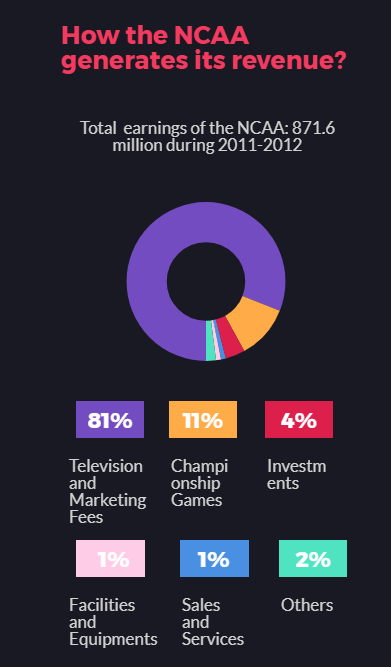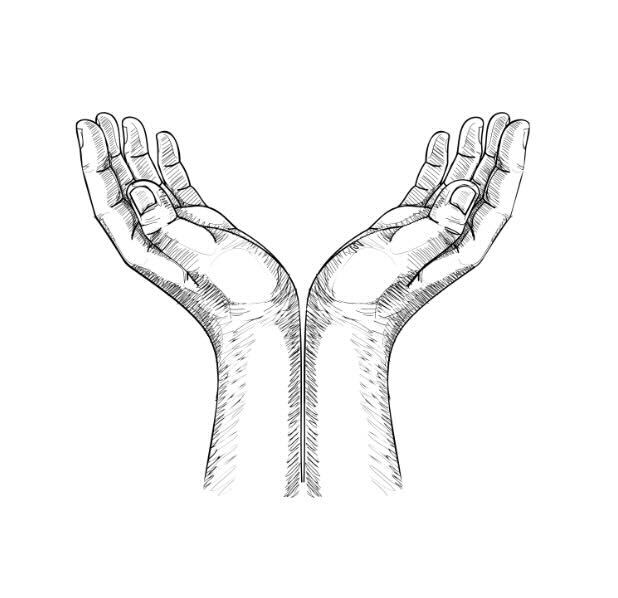I t’s college sports season. It’s time to gear up and cheer on those athletes who have put their blood and sweat into their training to perform at the highest level for their respective schools. On the other hand, schools are advertising and showcasing these athletes, receiving extreme amount of revenue. How much of the revenue are the college athletes getting? None. The NCAA or the National Collegiate Athletic Association is not concerned about helping the athletes financially. A former college athlete and MVHS health clerk and athletic trainer Javier Margarito has his own view on this situation.
“There are a lot of schools that generate a lot of money but spend that on upgrading their facilities and giving ridiculously high salaries for the staff,” Margarito said. “The question to be answered is why shouldn’t some of this money be shared with the athletes.”

Margarito states that college athletes generate so much revenue for colleges that they should be credited to it and reap the benefits of it. They put their bodies on the line and work towards reaching their goal: to bring the championship title to their respective schools.
“Athletes are the ones putting themselves on the line for the school, and the school is the ones reaping the benefits,” Margarito said. “Whether it’s through booster, ticket sales, or merchandise, all of that exceeds [what is needed] to compensate athletes on a fair pay scale.
Another reason why Margarito believes that college athletes should be paid is because it incentivizes them to stay longer in school. With a paycheck, the NCAA can ensure that athletes will get a complete education, as it makes an athlete more willing to stay longer in college. The NCAA can make it easier for an athlete as they will have a place to step back to if their dream of going pro doesn’t work.
“I will take the example of basketball, where they have to play a minimum of one year of collegiate basketball before they can transition to being a professional,” Margarito said. “I personally feel there would be more of an incentive to stay because if a collegiate basketball player just plays for one year, they only have to be academically eligible just for that one year and then leave.”
Like Margarito, MVHS varsity volleyball member and sophomore Anumita Alur also believes that college athletes should be given a salary for all the hard work they have put into their sport who ultimately gives up their free time for the good of their school.
“Personally, there is so much commitment I put in my sport and college athletes probably put 10 times as much commitment as I do,” Alur said. “So I definitely think that they should earn what they are working for.”
With a salary, college athletes could help minimize generational poverty. An article in The Sporting News states that 86 percent of athletes are living under poverty. Reducing this number would be helpful for athletes as it could reduce the stress of paying for a college, and could possibly prevent athletes from making drastic decisions in their life, such as illegal betting or gang violence.
As for MVHS JV basketball player and sophomore Sarang Deshpande, he thinks that college athletes are helping their families earlier by getting paid in college. This could help reduce poverty among athletes and their families as 86 percent of athletes are under poverty.
“I would say that if I play a college sport I would be looking for a little compensation into how I am benefitting the university… many of the athletes come from low income backgrounds and they are able to support their families from a younger age,” Deshpande said.
However, Deshpande believes that there are major flaws involved when it comes to paying a college athlete. He believes that college athletics will lose its sense of pride and honor that is reflected by an athlete during a game.
“Players in college sports don’t get paid and people are more attracted to it because the players play with pride and joy and hustle for every loose ball, making the sport more fun to watch,” Deshpande said. “As oppose to the NBA or NFL where, many athletes get the money and they don’t put as much effort to it or play the game with passion.”

Deshpande further discussed how paying for college athletics would be hard, as sports such as baseball and hockey are causing the NCAA to lose money. Sports such as baseball, soccer and lacrosse are combining to cost more than 1 million dollars for the NCAA. Not only that, according to the Business of College Sports, all co-ed sports cost the NCAA 3 million dollars.
“Major sports such as basketball, football and baseball make a lot of money for the NCAA and on the other hand sports such as volleyball and lacrosse are causing the NCAA to lose money, balancing the spectrum,” Deshpande said.
After a few decades, Margarito is looking back at his perspective upon paying college athletes. He admits that during his time at college, he was against the idea of college athletes getting paid, but during his time at MVHS, his mentality towards the subject has changed.
“My thought process back then[during college] was that college athletes should not be paid,” Margarito said. “But as I’ve grown and seen really what the process is like for all athletes, not just the revenue generating ones, I do think that it’s fair that they get compensated because they are putting their bodies on the line, and not the school administrators or the people who are receiving the revenue stream.”










